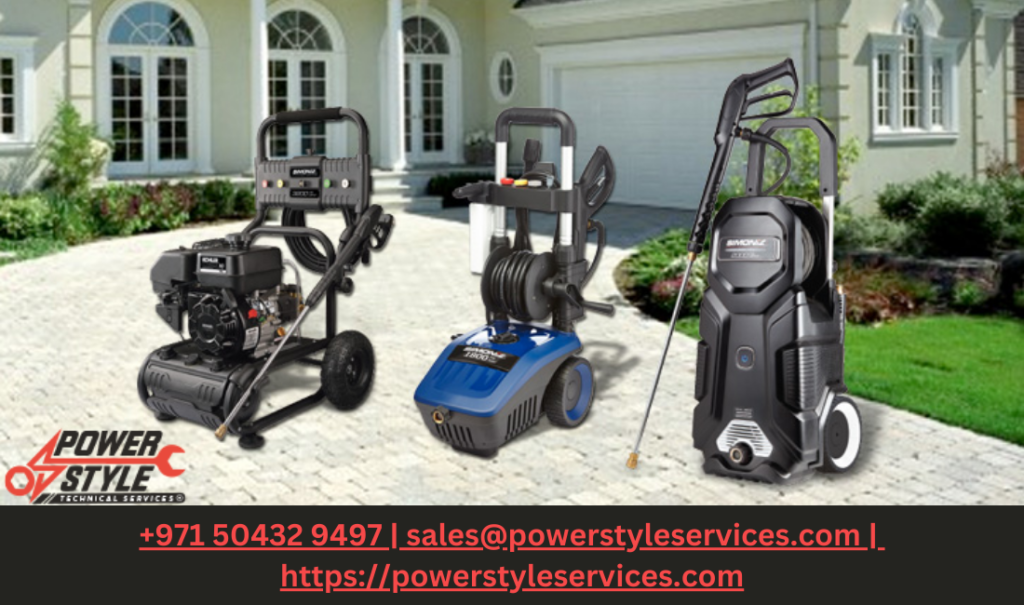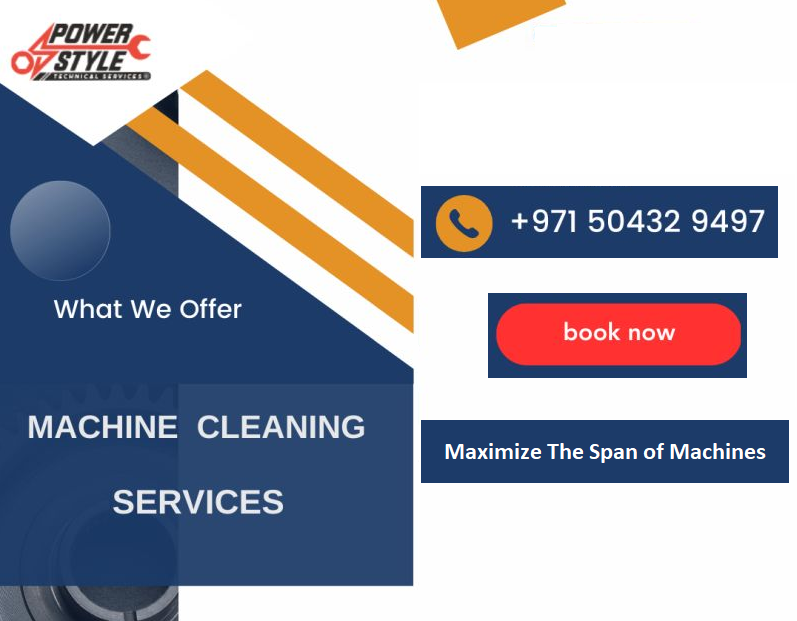
Pressure washers are strong tools that can make cleaning easy. A pressure washer can be the ideal tool whether you want to clean your car, fix up the backyard, or get rid of tough dirt outside. In this guide, we’ll show you how to use a power washer in a safe and effective way. By the end of this article, you’ll feel confident about taking on any cleaning job.
Table of Contents
- What is Pressure Washer
- Types of Pressure Washers
- Safety Precautions
- Setting Up Your Pressure Washer
- Choosing the Right Nozzle
- Using Your Pressure Washer
- Cleaning Specific Surfaces
- Maintaining Your Pressure Washer
- Troubleshooting Common Issues
- Conclusion
What is Pressure Washer
First, let’s talk about the basics. A pressure washer is a machine that cleans different things with a strong rush of water. It’s like putting a turbo on your garden’s pump! A pressure washer’s most important parts are the motor or engine, the water pump, the high-pressure hose, and the spray wand. Together, they make a strong water jet that can get rid of dirt, grime, and spots.
Types of Pressure Washers
Before you start using a pressure washer, you should know that there are two main kinds: electric and gas-powered. Electric pressure washers are lighter, quieter, and easier to keep, making them great for smaller jobs like cleaning your car or deck. On the other hand, gas-powered pressure washers are more powerful and can-do heavy-duty jobs like scraping paint or cleaning big driveways.
Safety Precautions
When you use a power washer, safety should always come first. Here are some important things to remember about safety:
Equipment for safety: If your pressure washer makes a lot of noise, you should wear safety glasses, shoes with closed toes, and hearing protection.
Read the User Guide: Read the directions from the manufacturer before you use it.
Don’t get too close: Don’t get hurt by getting too close to the area you’re cleaning.
Don’t spray in your eyes: Never point the spray gun at yourself or anyone else.
Use the Right Nozzle: To avoid damage or hurt, always use the right nozzle for the job.
Setting Up Your Pressure Washer
Now that you have everything you need and know how to stay safe, you can set up your power washer. Here’s how to do it step by step:
Put the Hose Together: Connect the high-pressure line to both the machine and the spray wand.
Turn on the Water: Before you start the pressure washer, make sure the water is on.
Start the Engine: Press the button on the spray wand to get the air out of the system.
Turn on the Car: If your washer runs on petrol, follow the steps from the manufacturer on how to start the engine.
Change the pressure: Change the pressure settings to fit the job.
Choosing the Right Nozzle
The spray design and strength depend on the nozzle you choose. There are usually five different kinds of nozzles, and each one has a different spray position. The 25-degree nozzle is a good all-around choice that can be used for most jobs. But a 0-degree nozzle gives you a strong, concentrated stream for harder jobs, like stripping paint.
Using Your Pressure Washer
Now that your power washer is set up and you’ve chosen the right nozzle, it’s time to clean. Here’s how to make the most of it:
Keep the Distance Consistent: Keep the nozzle about 12 to 18 inches away from the area you’re cleaning.
Cross Strokes: When moving the spray wand, make sure to slightly cross your strokes to get a good clean.
From the top down: Start at the top when cleaning vertical objects like walls and work your way down.
Pay attention to surfaces: High pressure can damage some materials, such as wood. Change the pressure as needed.
Rinse Thoroughly: After cleaning, be sure to rinse the surface with clean water to remove any detergent or debris.
Cleaning Specific Surfaces
Pressure cleaners are useful because they can be used on many different surfaces. Here are some popular ones and how to clean them:
Patios and decks: If you don’t want to damage the wood or concrete, use a sprayer with a wide angle and low pressure.
Trucks and cars: Choose a 25-degree tip and be gentle to keep paint from coming off.
Brick and concrete: A 15-degree nozzle and more pressure can help remove tough spots from brick and concrete.
Sidewalks and Driveways: A surface cleaner attachment can quickly clean big, flat areas like sidewalks and driveways.
Maintaining Your Pressure Washer
Maintenance is very important if you want your power washer to keep working well. Here are some tips for care:
Remove the Filter: Check and clean the filter on the water supply often.
How to Store: Keep your power washer somewhere dry and cool.
Area: If you live in a cold area, you may need to winterize your car. If this is the case, follow the manufacturer’s guidelines for winter storage.
Look at the hoses and the nozzles: Look for signs of wear or damage, and if you find any, replace them.
Change the oil: If your washer runs on petrol, follow the maintenance plan to change the oil.
Troubleshooting Common Issues
Even if you keep up with upkeep, you may still have problems. Here are some usual issues and how to fix them:
Checking of hose: Check to see if the tip or hose is clogged. As needed, clean them or get new ones.
Leaks: Look for leaks in connections and tubes and tighten or replace them as needed.
Can’t Start the Engine: Make sure that the petrol tank is full and that the spark plug is clean and in the right place.
Uneven Spray: This could be because the tip is worn out or broken. Change it.
Overheating: Take a break from your power washer if it gets too hot. Check to see if the water intake and spray nozzle are clogged.
Final Words
In the end, using a power washer to clean different surfaces can make a big difference. But it’s important to put safety first, use the right tools, and do things the right way. Now that you’ve read this guide, you’re ready to clean any room in your house.
Frequently Asked Questions
- Can I use a pressure washer on my car without damaging the paint?
Yes, you can use a pressure washer on your car, but use a 25-degree nozzle and maintain a safe distance to avoid damaging the paint.
- How often should I change the oil in my gas-powered pressure washer?
The frequency of oil changes depends on the manufacturer’s recommendations, but typically it’s done after every 25 hours of use.
- Can I use a pressure washer indoors?
No, pressure washers should only be used outdoors. The high-pressure spray can damage indoor surfaces and pose safety risks.

